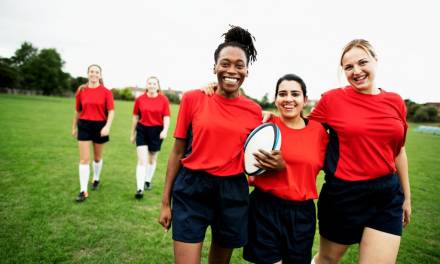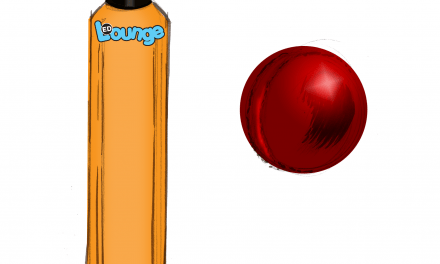Quick, rapid reactions are key to performing well when playing tennis doubles, and whilst reactions must be fast, accuracy and strength must also play key roles.
If tennis singles is demanding, then doubles is doubly so as a pair of players must understand one another and work together in unison.
You need a diverse collection of drills to hone a wide range of skills if your students are to improve their doubles performance.
1. Mastering a good rhythm: The ‘hit the ball’ drill
Granted, this drill has quite the obvious name, yet it teaches something quite important to tennis doubles – rhythm, and it also helps players get used to one another’s style of play.
You’ll need two players and one coach. The coach is in the opposite court and is the focal point of the returns.
Begin with the one player serving, who will then move to the net while the second player remains on the baseline.
The coach will then return the ball to the second player (on the baseline) for them to perform a cross-court return back to the coach. The coach returns the ball again but this time to the serving player (now at at the net) with a volley. The player at the net should then try to win the point with a suitable close-net stroke.
This drill should continue until numerous serves, volleys and winning shots have been performed.
2. Be flexible, with a drill game for groups
This drill is known as the Jail Game and can be played by between 4 and 20 players.
Begin with all the players at the end of the court – each of these players will be fed the ball across the net, and they must hit it back within the doubles lines. You can increase or reduce the skill level needed by switching between the doubles lines and the singles lines.
Where a player successfully manages the shot, they remain ‘safe’ and should re-join the player queue, where the player misses the shot they end up in ‘jail’ and must stand on the court sidelines to try and catch the ball in order to return to the queue. If they catch a ball that is hit out of the court, they can re-join the queue.
3. Moving from playing to baseline to playing at the net
When both players are positioned correctly at the net it’s far easier to secure a point, yet moving to this position can take plenty of practice to build confidence and skill.
This drill requires two sets of two players with each team positioned at the court baseline. The first player will begin by hitting a cross-court ground stroke. The point is played until the ball is landed near to the service line of the receiving team.
Once the ball has bounced into their court near the service line, the second team will hit an approach shot. Both members of the team then move to the net to follow up with either a volley, a smash, a drop-shot or a shot into the corner of the doubles court.
The idea is to get both players on a team to recognise when it is appropriate to move up to the net and to coordinate their actions to hit point-winning strokes. The defending team will also benefit from learning how to position themselves to defend against shots from players who have advanced to the net.
You can set your own rules as to who wins – setting different point totals to reach according to the skill level of the players.
4. Movement, coordination, communication – Three core skills for tennis doubles, one drill.
For this drill, you’ll need 8 players split into four teams.
Team A will be positioned in the right half, team B in the left, with teams C and D in the opposite court. Team A and D play one another, while B and C likewise play one another – play then commences as normal with the players faced with a drastically reduced space to work within.
By playing against the team positioned diagonally opposite them, they will be able to practice controlling their cross-court shots and making better use of the wider tennis doubles court.
5. Doubles ping-pong
This rapid game involves each player in a team taking it in turns to hit the ball. Working in pairs each player will switch with their partner during the rally following their shot.
Balls are fed in by the coach and the game is complete following either 11 or 21 points. This game really gets the adrenaline pumping and ups the pressure to quickly develop tactics and strategies to outfox the competition.











